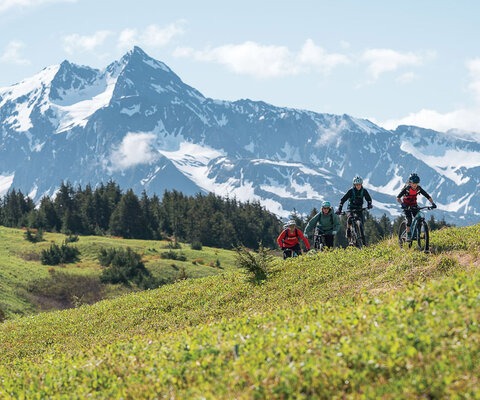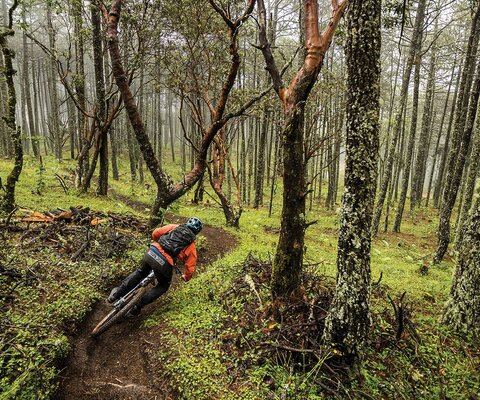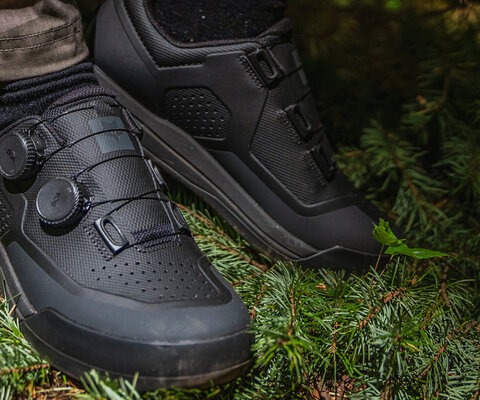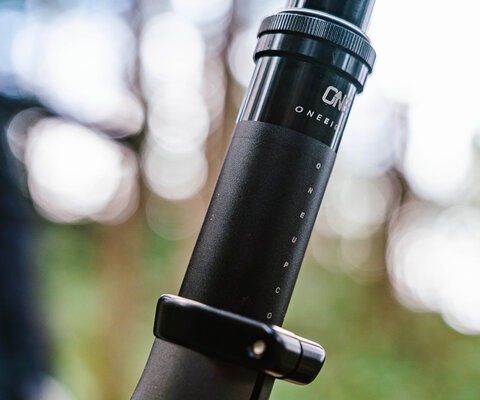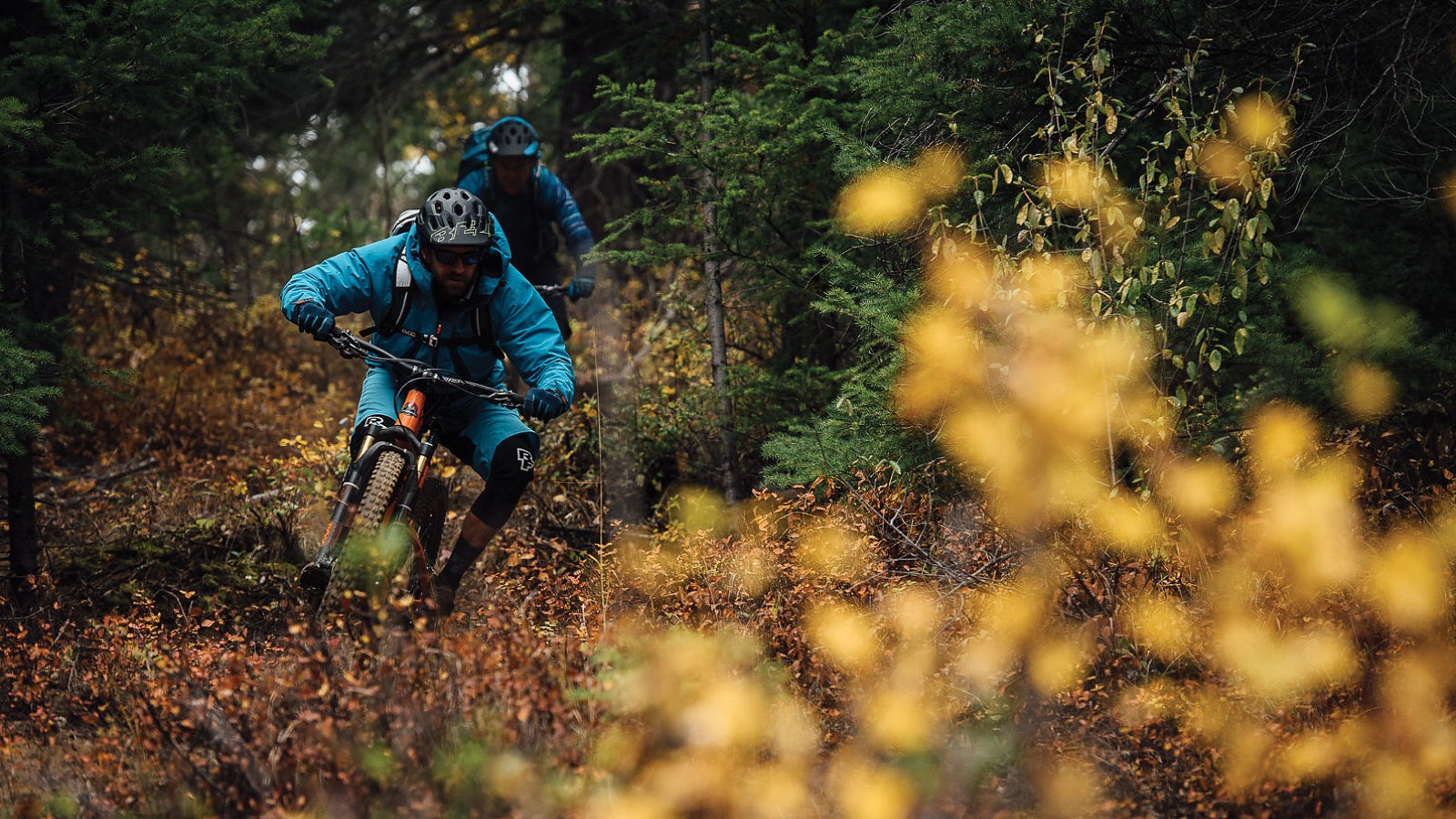
Cowboys, Gold & Grizzlies A Lot of Heaven and a Little Hell in the Chilcotins
Words by Wade Simmons | Photos by Margus Riga
The worst thing about a really good, hole-in-the-wall restaurant is people like to eat there.
People also like to tell their friends, who inevitably tell their friends, and eventually those original patrons find themselves waiting in line.
British Columbia’s Chilcotin Mountains are the mountain bike equivalent of that restaurant.
Two hours north of Whistler, the Chilcotins are home to some of the province’s most accessible backcountry. Tyaughton Lake, the main launch spot, used to be mostly deserted, with empty campgrounds and even emptier trails. These days, the smell of exhaust and Jet A aviation fuel lingers from float planes taking off and cars at the trailhead. Small cabins and a few resorts spot the shore, and nights are filled with loud fireside conversations recapping the day’s adventures or those to come.
It’s much different from the quiet solitude and unspoiled wilderness I remember from even a decade ago. But, as jaded as I may sound, its popularity is both earned and deserved. The region’s riding is some of the best in North America, and the landscape is magnificent to match. And—like that perfect, low-key sandwich shop—while it’s no longer the secret of just a few patrons, the goods are just as delicious as they’ve always been.
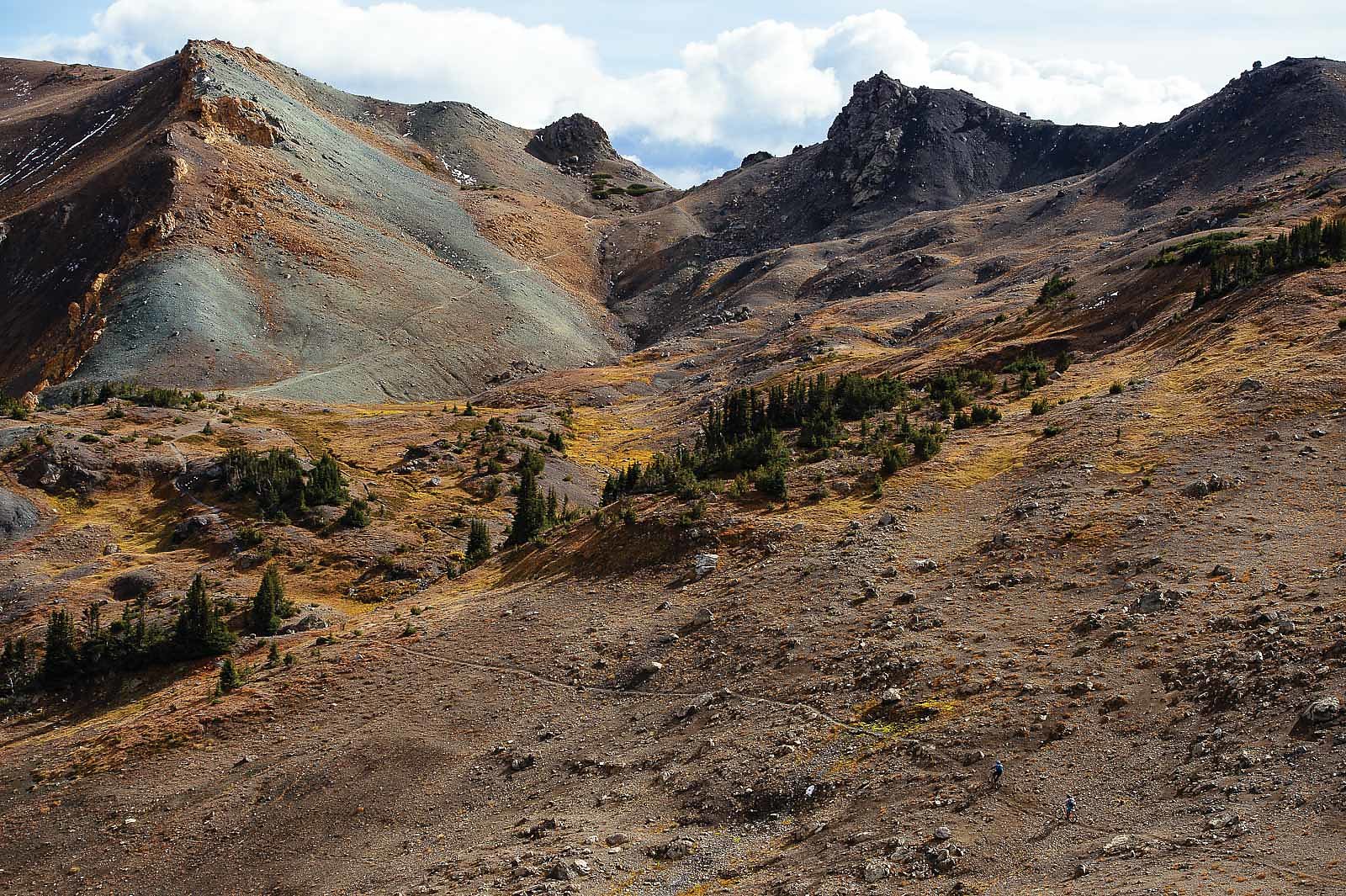
In the early 1990s, as a young lad building bikes at a shop in the burgeoning Vancouver mountain bike scene, I heard whispers of epic Chilcotins exploits from the shop’s hardcore riders. They would return after multiple weekends each summer, telling tales of eight-hour rides on pristine singletrack involving near-death experiences on 4130 chromoly steel frames with cantilever brakes.
They reveled in the accompanying grizzly bear encounters, and oddly seemed to look back on hiking lost in the snow for hours on end with nostalgia (the veteran’s necessities were extra wool socks, spare gloves and plastic bags to keep the feet dry). These were the days of no cell phones, no Trailforks and no GPS navigation. The only methods of navigation in this rugged wilderness were hard-won knowledge and shared, word-of-mouth advice; the only motivation for these mountain biking pioneers was a sense of adventure, an obsession for singletrack, and the hunger for the sublime. I was captivated.
My trip to the Chilcotins this fall, with Vancouver-ite Andrew Shandro, reminded me of my first trip to the range in 1994. A rag-tag group of mechanics, bike couriers and shop owners went for a weekend to ride the now-infamous Windy Pass, and as a fresh-faced 20-year-old I was lucky enough to tag along. The veterans, however, were not as keen on having an unproven youngster joining. These were serious rides, 35-50-plus-mile rides, deep at the edges of the maps, and no one wanted a dead “kid” on their hands.
I survived, and the ride was eye-opening. I bonked and recovered numerous times (as did most of the group), but was told that on an eight-hour ride this is the norm. “Just keep eating,” I was advised. It worked.
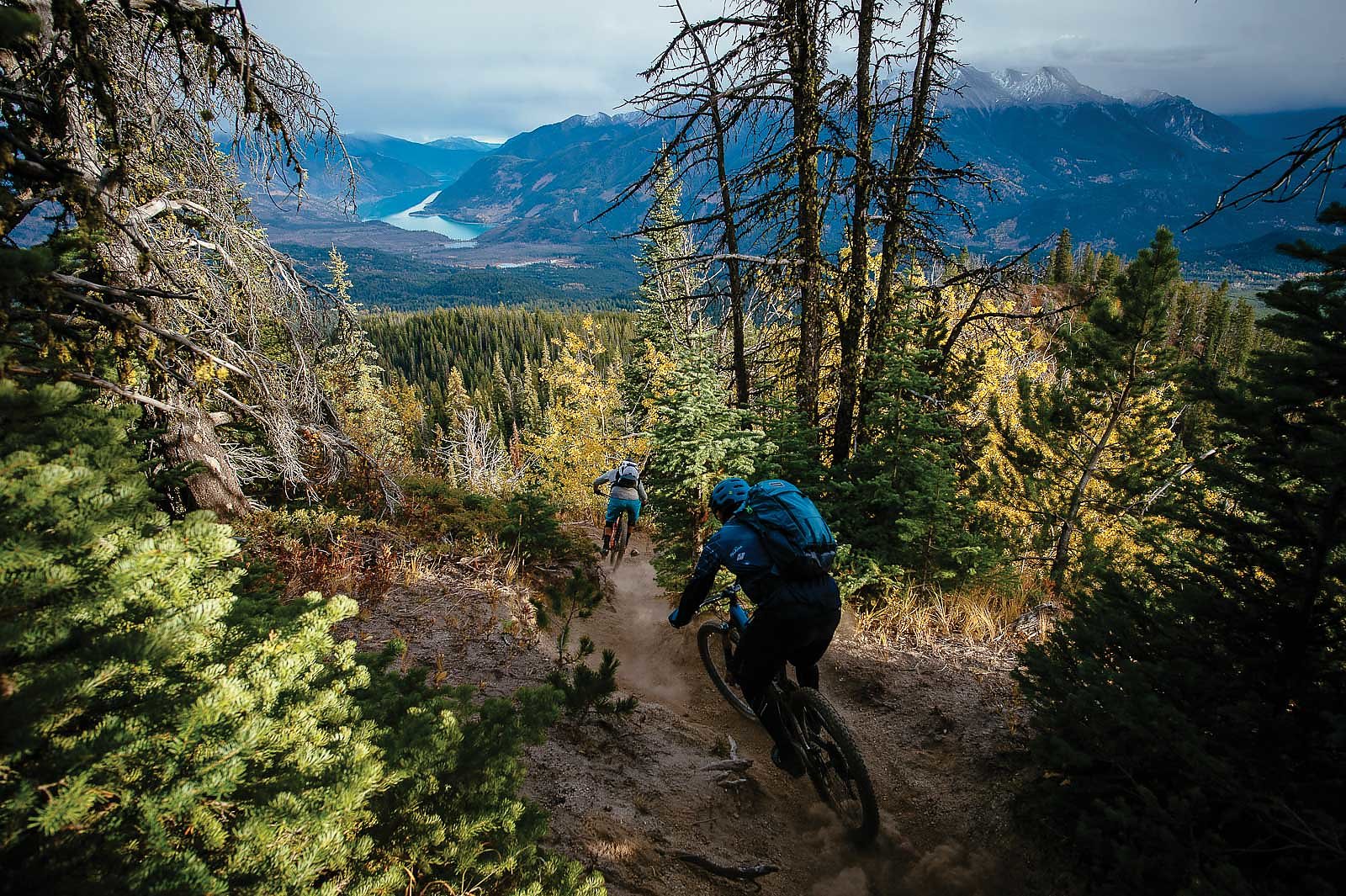

The experience was everything those guys had boasted about and more: lakes, peaks, snow, sun, bears, berries, berms, flow, mud, aspens, cramps, blisters, a lot of heaven and plenty of hell. It was by far the best ride I had ever been on in my life, and I was instantly addicted. In the 23 years since, I’ve returned at least once every summer to ride.
I’m not the only one. The rawness and ruggedness of these mountains have an on-the-frontier feel. Which they essentially are.
The first white residents arrived to the Chilcotins in the 1850s, miners working up the Fraser River in search of wealth. Ironically, success came to the area the same time as the Great Depression hit everywhere else. Encouraged by spiking gold prices, miners pulled out $370 million of the mineral in the 1930s—and, in the process, created the majority of the trails and roads in the mountains.
As with many highly popular outdoor attractions, most visitors riding in the Chilcotins rarely venture deeper than the popular front-country loops. Trails like Lick Creek, Ridge-o-Rama and Cinnabar Creek have become legendary, but for more solitude—and a burlier struggle—ambitious bikers can head out on loops like the Taylor to Windy Pass connector. The ride stops at Spruce Lake, and includes nearly 15 miles of singletrack descent down Gun Creek. It’s also a beastly 45 miles round-trip, with more than 6,500 feet of climbing.
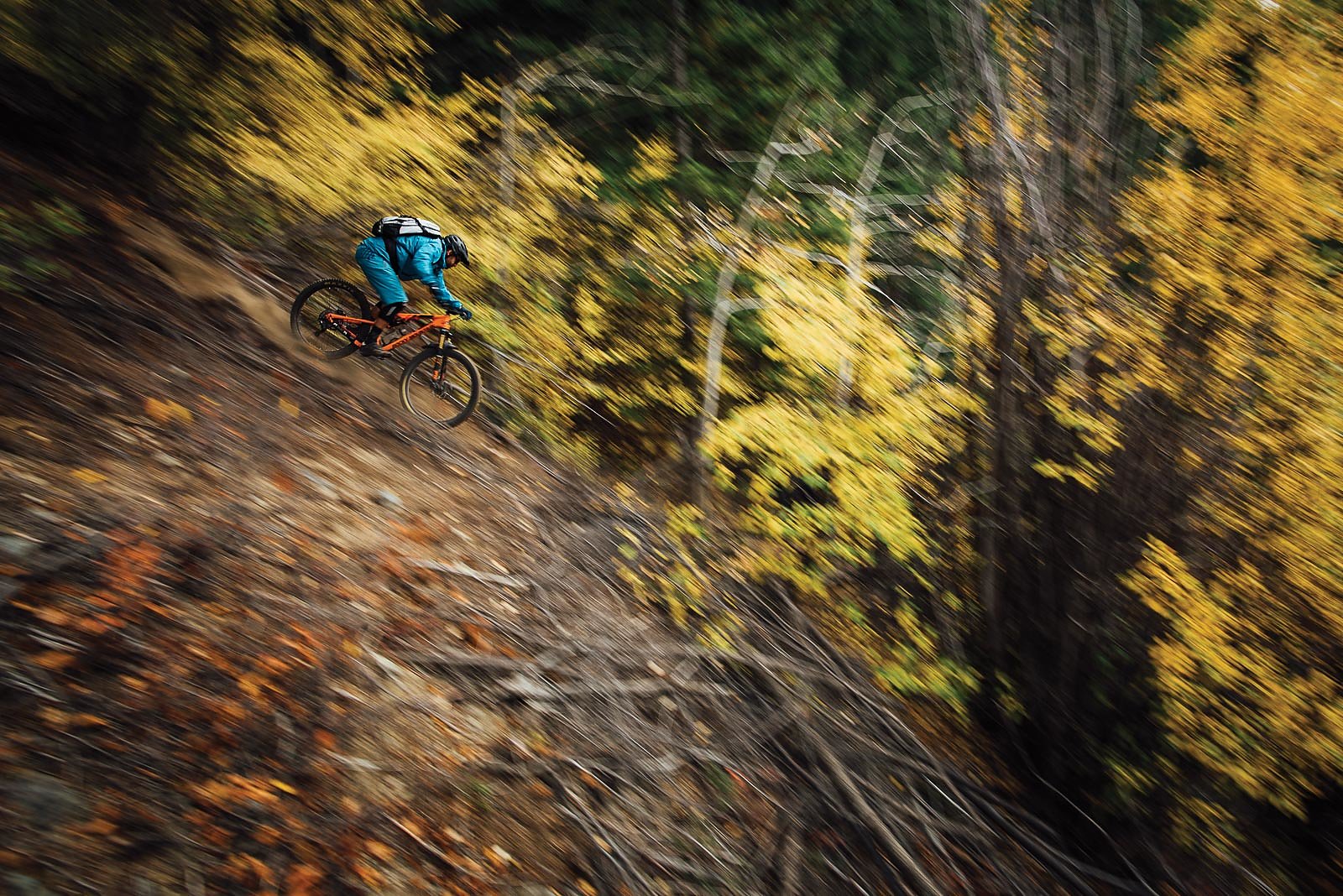
And yet even on the more ambitious but still-popular routes, it’s not abnormal to see grizzly bears roaming the meadows, pine marten ripping down the trails, or even the occasional wolverine. Last year, as a group of us climbed the lesser-traveled Graveyard Creek drainage, we realized a cougar was walking along the trail 100 yards ahead of us. We were downwind from the cat, and watched the apex predator for more than half an hour. You don’t forget things like that.
This year, a small crew of us took a different tack for our trip to the Chilcotins. Rather than the typical Tyaughton Lake zone, we stayed 20 miles away in the mining-boom community of Bralorne. At its zenith it was a respectably sized town with full amenities, but a gold crash in the 1970s left it mostly abandoned. Now, outdoor enthusiasts are rediscovering the area, and a few of the old buildings are being developed as recreation properties.
One of these is the Bralorne Adventure Lodge, a modest, rustic operation booked mostly during the winter by skiers accessing the area’s renowned backcountry terrain. The lodge recently opened its doors in the summer months, luring mountain bikers with a bounty of shuttle-able, predominately downhill trails. Combine this hedonistic-but-satisfying form of riding with the endless, pedal-your-ass-off epics from Tyaughton Lake, and it’s easy to see the lifetime of potential within these peaks.
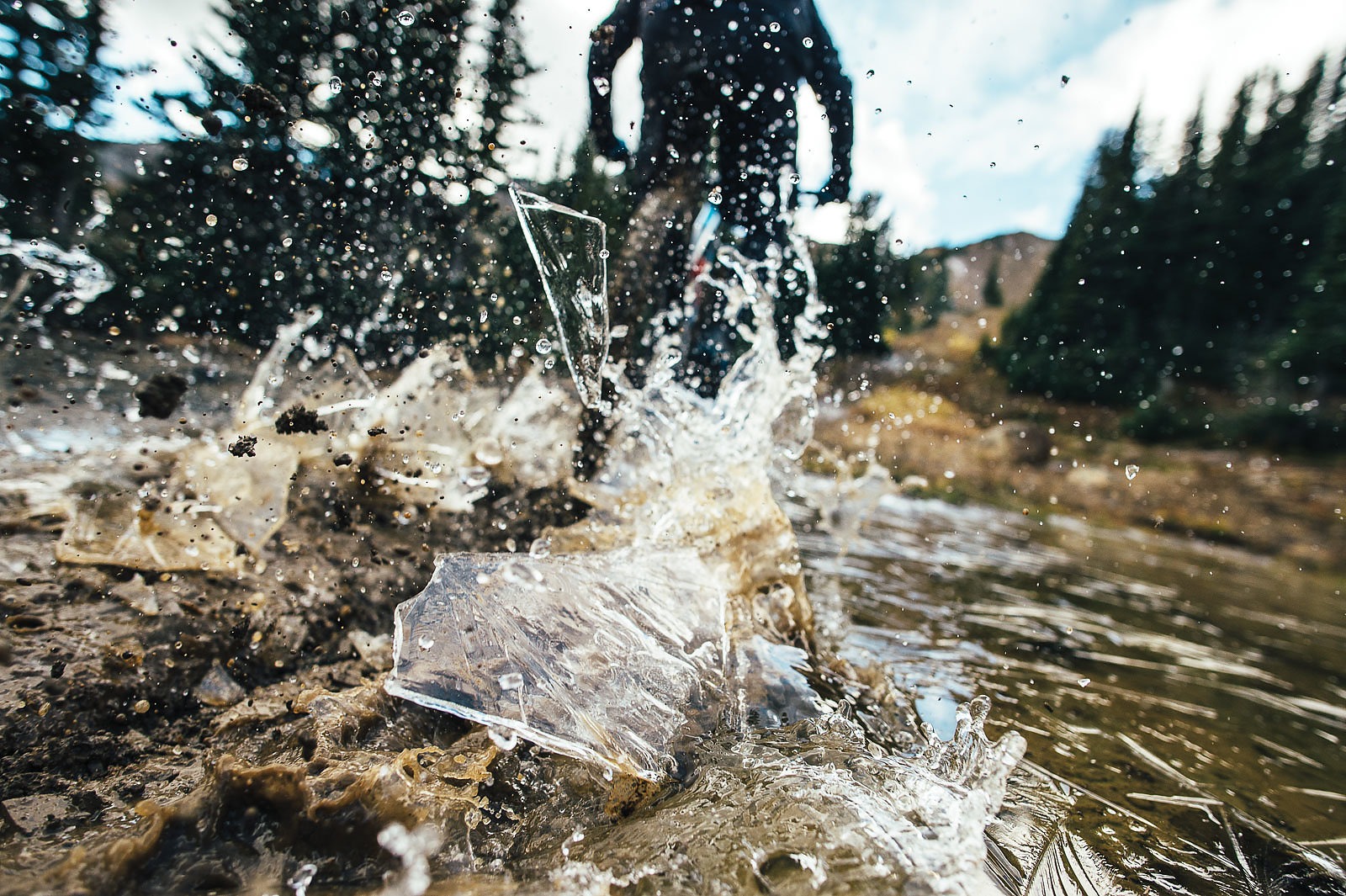
The modern Chilcotin experience is far different from my first trip in 1994—now Spruce Lake is visited regularly by floatplanes taking groups deeper into the wilderness for long, awe-inspiring rides back out. If you spend much time on the trails, you’ll inevitably run into the horseback groups that frequent the area, and campsites at the trailhead fill up quickly on weekends.
So, yes, the Chilcotins are no longer a mystery, and the parking lot is no longer perpetually empty. But they’re not overplayed, or overrun. There is plenty of lonely singletrack to explore and infinite layers of adventure for those willing to venture off the beaten path. Because to have your own solitary epic in the Chilcotins, that’s all that’s required.
Just don’t forget extra socks or plastic bags. You might need them.

